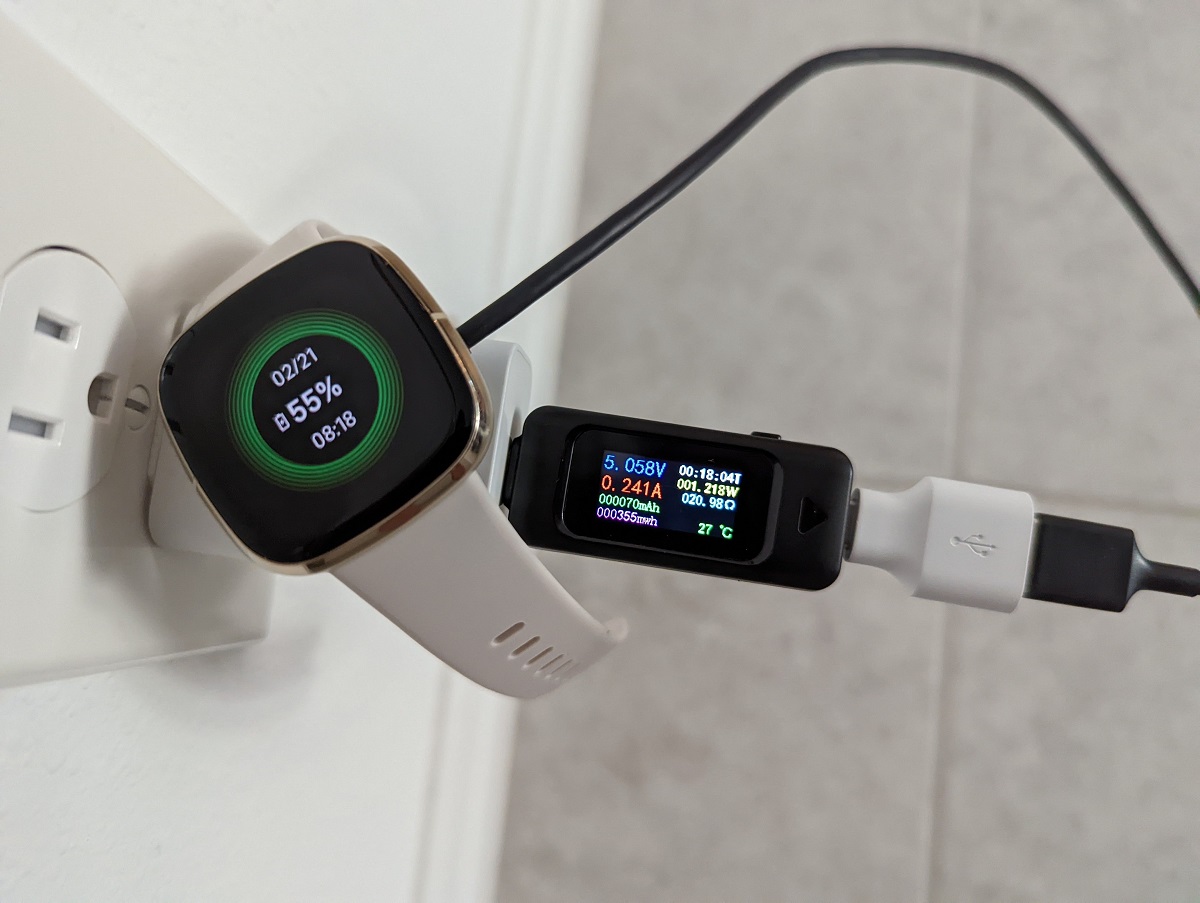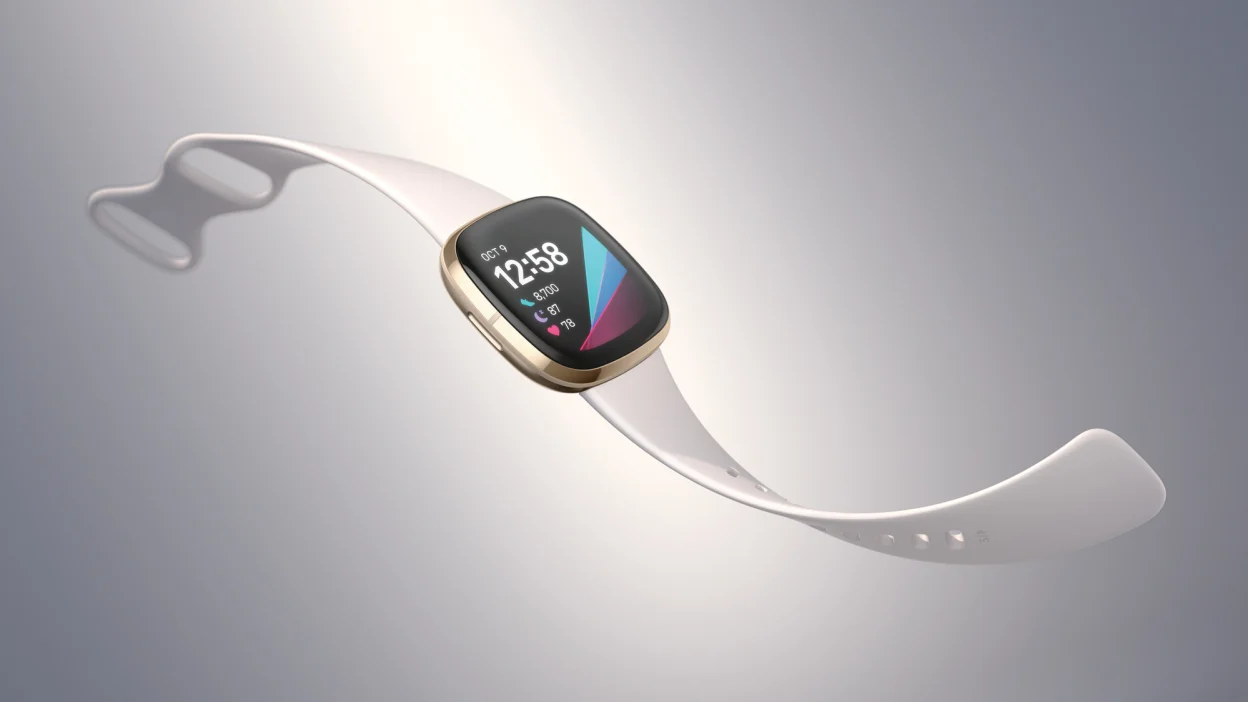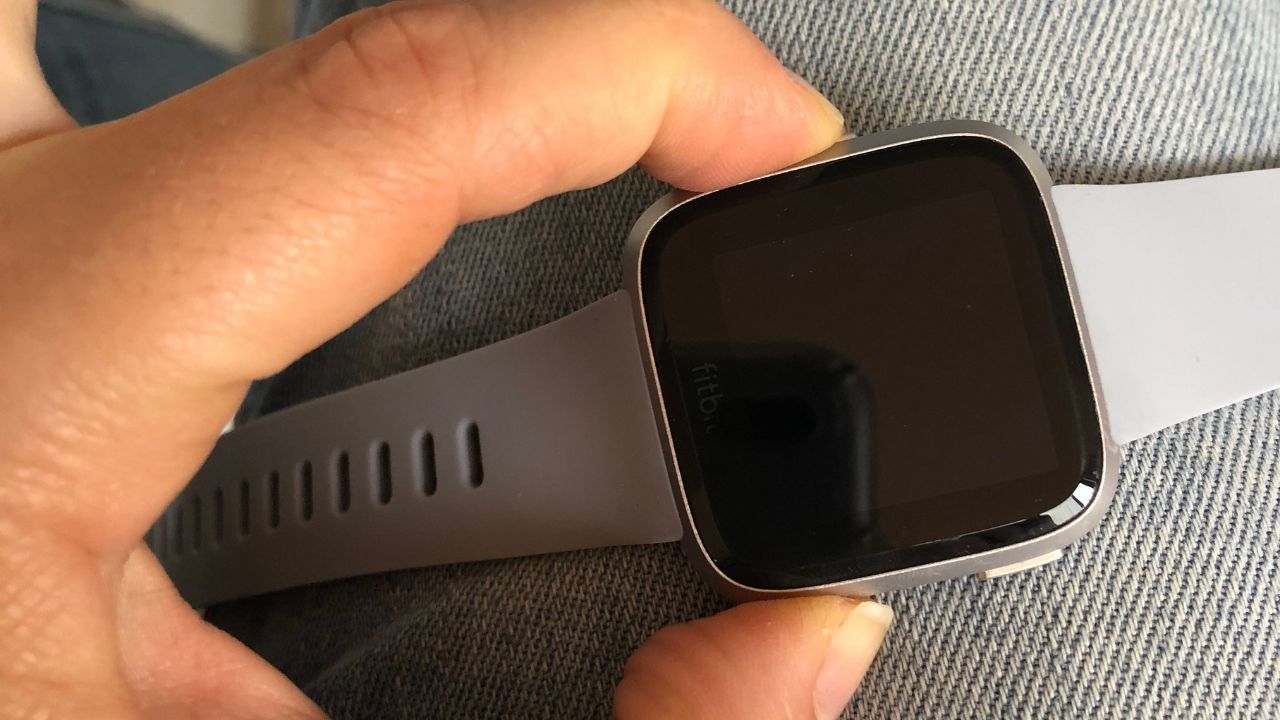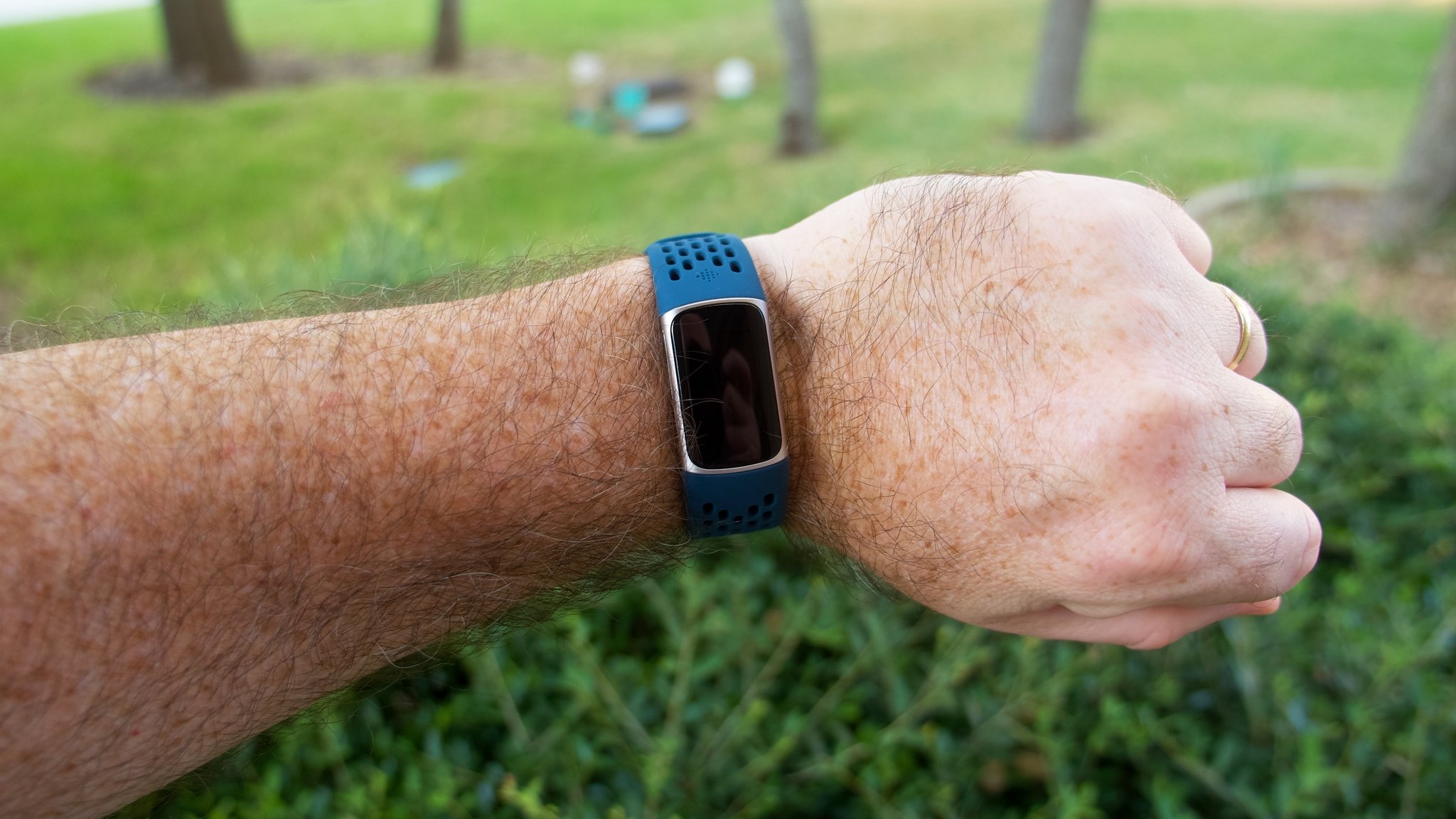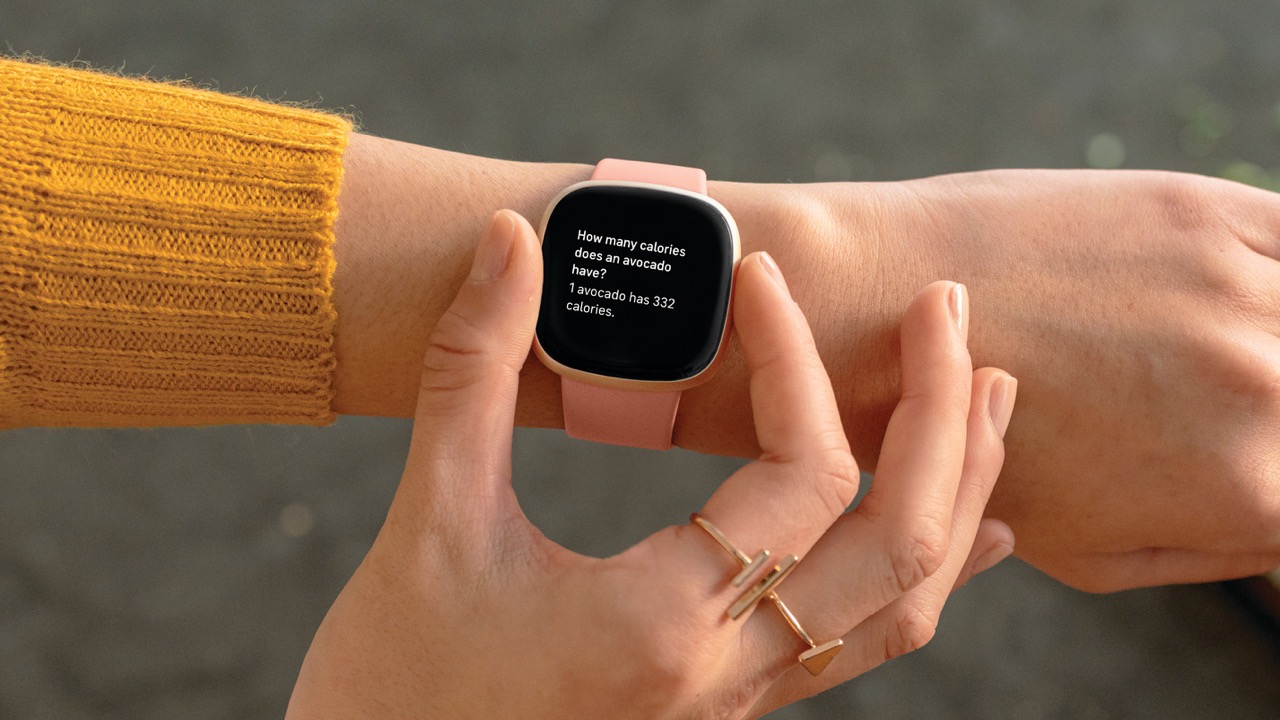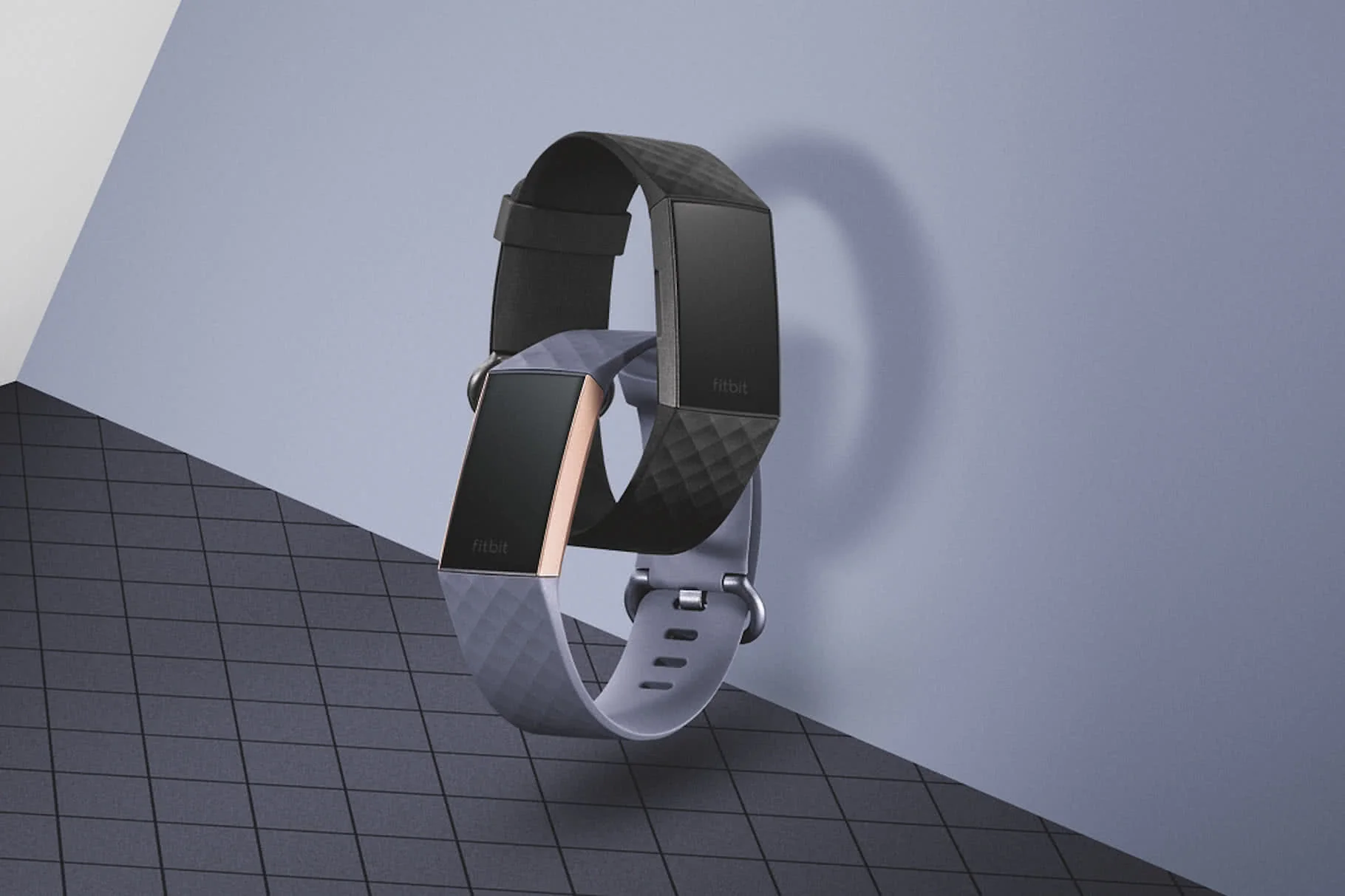Introduction
Sleep tracking has become an integral part of our wellness routines, providing valuable insights into our sleep patterns and overall health. Fitbit, a leading name in wearable technology, offers advanced sleep tracking features to help users understand and improve their sleep quality. However, encountering issues with Fitbit not tracking sleep can be frustrating and disruptive to your wellness journey. In this comprehensive guide, we will delve into the troubleshooting steps to address Fitbit sleep tracking woes, allowing you to make the most of this innovative technology.
A good night's sleep is essential for physical and mental well-being, and Fitbit's sleep tracking functionality aims to empower users with the knowledge needed to optimize their sleep habits. Whether you are struggling with Fitbit not registering your sleep duration accurately or encountering inconsistencies in sleep stage monitoring, these issues can hinder the effectiveness of your sleep tracking efforts. By addressing these challenges, you can regain confidence in your Fitbit device's ability to provide accurate and insightful sleep data.
Throughout this guide, we will explore various troubleshooting methods to resolve Fitbit sleep tracking issues. From checking and adjusting the device settings to updating the Fitbit software and performing a device reset, we will cover each step in detail. Additionally, we will provide practical tips and insights to help you overcome common obstacles related to sleep tracking with Fitbit.
By following the guidance outlined in this article, you can gain a deeper understanding of your Fitbit device's sleep tracking capabilities and optimize its performance. Rest assured that with the right approach and troubleshooting techniques, you can overcome sleep tracking woes and harness the full potential of your Fitbit wearable for a more informed and restful sleep experience.
Checking Fitbit Settings
When encountering issues with Fitbit not tracking sleep accurately, the first step is to meticulously review and adjust the device settings. By ensuring that the settings are configured optimally, you can potentially resolve common sleep tracking discrepancies and enhance the overall performance of your Fitbit wearable.
1. Sleep Tracking Configuration
Navigate to the Fitbit app on your smartphone and access the device settings. Verify that the sleep tracking feature is enabled and configured to align with your sleep habits. Ensure that the designated sleep mode is accurately set to detect your sleep patterns, including bedtime reminders and wake-up targets.
2. Wrist Placement and Fit
Proper wrist placement is crucial for accurate sleep tracking. Confirm that your Fitbit device is snugly fastened on your non-dominant wrist, allowing for consistent skin contact. Adjust the fit to ensure a secure and comfortable placement, as a loose or tight fit can impact the device's ability to capture sleep data effectively.
3. Do Not Disturb Mode
Check if the "Do Not Disturb" mode is activated during your designated sleep hours. This feature prevents notifications and alerts from disrupting your sleep and ensures uninterrupted tracking of your sleep stages. Adjust the "Do Not Disturb" settings as needed to align with your sleep schedule and preferences.
4. Heart Rate Tracking
Verify that heart rate tracking is functioning correctly, as it directly influences the accuracy of sleep stage monitoring. Ensure that the heart rate sensor on your Fitbit device is clean and free from obstructions, allowing for precise heart rate measurements during sleep.
5. Synchronization and Connectivity
Confirm that your Fitbit device is seamlessly synchronized with the app and connected to your smartphone via Bluetooth. A stable connection is essential for real-time data transmission, including sleep tracking updates. Troubleshoot any connectivity issues to ensure uninterrupted synchronization.
By meticulously reviewing and adjusting these Fitbit settings, you can proactively address potential factors contributing to sleep tracking discrepancies. This proactive approach allows you to fine-tune the device's configuration for optimal sleep tracking performance, setting the stage for a more accurate and insightful sleep tracking experience.
Updating Fitbit Software
Ensuring that your Fitbit device is running the latest software version is pivotal in addressing sleep tracking issues and optimizing overall performance. Fitbit regularly releases software updates to enhance functionality, improve accuracy, and introduce new features. By updating the Fitbit software, you can leverage the latest advancements and potential bug fixes to mitigate sleep tracking woes effectively.
To initiate the software update process, access the Fitbit app on your smartphone and navigate to the device settings. Check for available software updates and follow the on-screen prompts to initiate the download and installation. It is advisable to connect your Fitbit device to a stable Wi-Fi network during the update process to ensure seamless and efficient downloading.
The software update may encompass firmware enhancements specific to sleep tracking algorithms, heart rate monitoring, and overall data processing. These refinements can significantly impact the accuracy and reliability of sleep tracking, addressing common issues such as missed sleep logs, inaccurate sleep stage detection, and irregular sleep pattern recognition.
Furthermore, software updates often introduce optimizations aimed at improving battery efficiency and overall device stability. By maintaining an updated software version, you can potentially mitigate underlying technical issues that may impede the consistent and precise tracking of your sleep metrics.
It is essential to stay proactive in regularly checking for Fitbit software updates, as they not only contribute to resolving sleep tracking concerns but also play a vital role in ensuring the overall functionality and performance of your wearable device. Embracing the latest software advancements empowers you to make the most of your Fitbit device's capabilities, including its advanced sleep tracking features.
By prioritizing the update of Fitbit software, you demonstrate a commitment to maximizing the potential of your wearable technology, fostering an optimal environment for accurate and insightful sleep tracking. This proactive approach aligns with Fitbit's dedication to continuous improvement, ensuring that users can rely on their devices to deliver comprehensive and reliable sleep data, ultimately enhancing their overall well-being and sleep quality.
Resetting Fitbit Device
Resetting your Fitbit device can serve as a powerful troubleshooting tool when encountering persistent issues with sleep tracking and overall device performance. A device reset can effectively address underlying technical glitches, restore optimal functionality, and recalibrate the internal systems responsible for sleep tracking accuracy.
Soft Reset
Initiate a soft reset by following these steps:
- Charge the Device: Ensure that your Fitbit device is adequately charged to support the reset process.
- Access Settings: Navigate to the settings menu on your Fitbit device.
- Device Reset: Select the option to perform a device reset, following the on-screen prompts to confirm the action.
A soft reset allows the device to reboot and realign its internal processes, potentially resolving minor software hiccups that may be impacting sleep tracking performance.
Hard Reset
In cases where persistent issues persist, a hard reset can be performed:
- Backup Data: Prior to initiating a hard reset, ensure that your sleep data and other important information are backed up within the Fitbit app or dashboard.
- Device Settings: Access the settings menu on your Fitbit device and navigate to the option for a hard reset.
- Confirmation: Follow the on-screen prompts to confirm the hard reset, acknowledging that this action will restore the device to its factory settings.
A hard reset reinstates the device to its original state, potentially addressing complex technical issues that may have been hindering sleep tracking accuracy.
Post-Reset Considerations
Following a device reset, it is advisable to:
- Reconfigure Settings: Review and adjust sleep tracking settings, ensuring that they align with your sleep habits and preferences.
- Software Update: Check for and install any available software updates to ensure that the device operates on the latest firmware version, optimizing sleep tracking capabilities.
By resetting your Fitbit device, you demonstrate a proactive approach to troubleshooting sleep tracking issues, aiming to restore the device to its peak performance and accuracy. This process aligns with Fitbit's commitment to providing users with reliable and comprehensive sleep tracking functionality, empowering individuals to make informed decisions regarding their sleep habits and overall well-being.
Troubleshooting Sleep Tracking Issues
When encountering sleep tracking issues with your Fitbit device, it is crucial to employ effective troubleshooting strategies to pinpoint and address the underlying factors impacting the accuracy and reliability of sleep data. By navigating through these troubleshooting steps, you can proactively identify and resolve common challenges, ensuring that your Fitbit device delivers comprehensive and precise sleep tracking insights.
1. Data Synchronization and Connectivity
Ensure that your Fitbit device is seamlessly synchronized with the app and maintains a stable connection to your smartphone. Inconsistent synchronization or connectivity issues can lead to gaps in sleep tracking data. Troubleshoot any connectivity issues and verify that real-time data transmission is uninterrupted.
2. Environmental Factors
Consider the environmental conditions during sleep, as factors such as irregular sleep patterns, ambient noise, and varying room temperatures can impact sleep tracking accuracy. Strive to create an optimal sleep environment conducive to accurate sleep tracking, minimizing external influences that may disrupt the device's ability to capture sleep metrics effectively.
3. Sleep Position and Movement
Be mindful of your sleep position and movements, as certain sleeping postures or frequent movements during the night can affect the precision of sleep stage detection. Aim to maintain consistent sleep patterns and positions to facilitate more accurate sleep tracking results.
4. Skin Contact and Device Placement
Ensure that your Fitbit device maintains consistent skin contact throughout the night. Verify that the device is securely fastened on your non-dominant wrist to facilitate reliable heart rate monitoring and precise sleep stage detection. Adjust the fit as needed to optimize skin contact and device placement.
5. Battery Performance
Monitor the battery performance of your Fitbit device, as low battery levels can impact the continuous tracking of sleep data. Ensure that the device is adequately charged to support uninterrupted sleep tracking throughout the night, minimizing potential data gaps due to low battery levels.
6. Sleep Tracking Validation
Periodically validate the accuracy of sleep tracking results by comparing the recorded data with your actual sleep patterns and experiences. This validation process can help identify discrepancies and irregularities, enabling you to fine-tune the device settings and optimize sleep tracking performance.
By diligently addressing these troubleshooting considerations, you can navigate through common sleep tracking issues with a proactive and methodical approach. This proactive stance empowers you to leverage the full potential of your Fitbit device's sleep tracking capabilities, fostering a more informed and reliable understanding of your sleep patterns and overall well-being.
Contacting Fitbit Support
When all troubleshooting efforts have been exhausted and persistent sleep tracking issues persist, reaching out to Fitbit support can provide invaluable assistance in resolving technical challenges and optimizing the performance of your wearable device. Fitbit offers comprehensive support channels designed to address user concerns promptly and effectively, ensuring that individuals can maximize the benefits of their Fitbit devices, including advanced sleep tracking features.
Direct Support Channels
Fitbit provides multiple avenues for users to seek direct support, including:
-
Online Support Portal: Access the official Fitbit support portal, where users can browse an extensive knowledge base, troubleshooting guides, and frequently asked questions (FAQs) related to sleep tracking and device functionality.
-
Community Forums: Engage with the vibrant Fitbit community forums, where users can seek advice, share experiences, and gain insights from fellow Fitbit enthusiasts and official support representatives.
-
Live Chat: Utilize the live chat support feature available on the Fitbit website to connect with a support agent in real time, addressing specific sleep tracking concerns and technical queries.
-
Phone Support: Contact Fitbit's dedicated support hotline to speak with a knowledgeable representative who can provide personalized assistance and guidance tailored to your sleep tracking challenges.
Detailed Reporting
When reaching out to Fitbit support, providing detailed reports of the specific sleep tracking issues encountered can expedite the troubleshooting process. Include comprehensive information such as:
-
Device Model and Software Version: Specify the exact Fitbit device model and the current software version installed, ensuring that support agents have accurate context for troubleshooting.
-
Sleep Tracking Patterns: Describe the recurring issues experienced with sleep tracking, including missed sleep logs, inaccurate sleep stage detection, and irregularities in sleep pattern recognition.
-
Troubleshooting Steps Taken: Outline the proactive measures taken to address sleep tracking issues, such as adjusting settings, performing device resets, and updating the software.
-
Environmental Factors: Provide insights into the sleep environment and external influences that may impact sleep tracking accuracy, enabling support agents to consider potential environmental factors.
Collaborative Resolution
Fitbit support representatives are committed to collaborating with users to achieve a resolution that restores optimal sleep tracking functionality. By engaging with support channels and actively participating in the troubleshooting process, users can contribute to a collaborative resolution that addresses specific sleep tracking concerns and enhances the overall performance of their Fitbit devices.
Proactive Engagement
Maintaining proactive engagement with Fitbit support reinforces the commitment to optimizing sleep tracking capabilities and leveraging the full potential of wearable technology. By actively seeking assistance and contributing to the troubleshooting dialogue, users demonstrate a dedication to harnessing the comprehensive sleep tracking features offered by Fitbit devices, ultimately fostering a more informed and restful sleep experience.
In summary, contacting Fitbit support serves as a pivotal step in addressing persistent sleep tracking issues, ensuring that users receive tailored assistance and guidance to overcome technical challenges. Through proactive engagement and detailed reporting, individuals can collaborate with support representatives to optimize sleep tracking functionality, reinforcing the value of Fitbit devices in promoting overall well-being and sleep quality.









